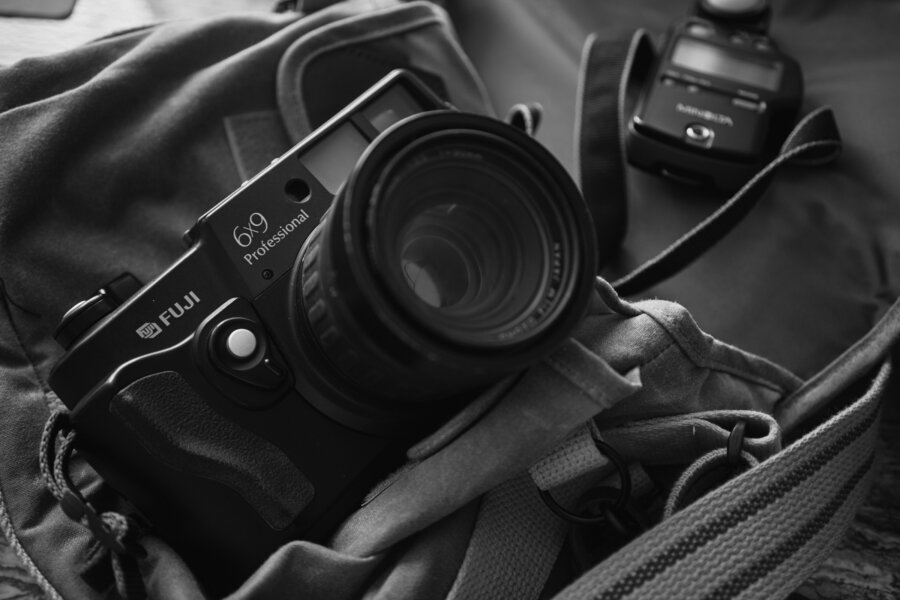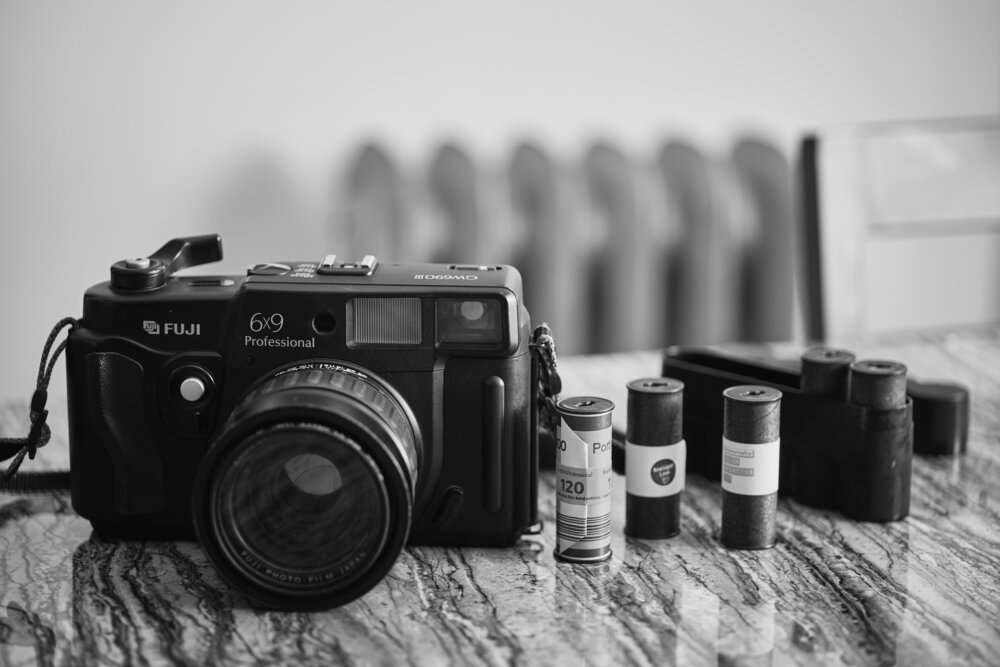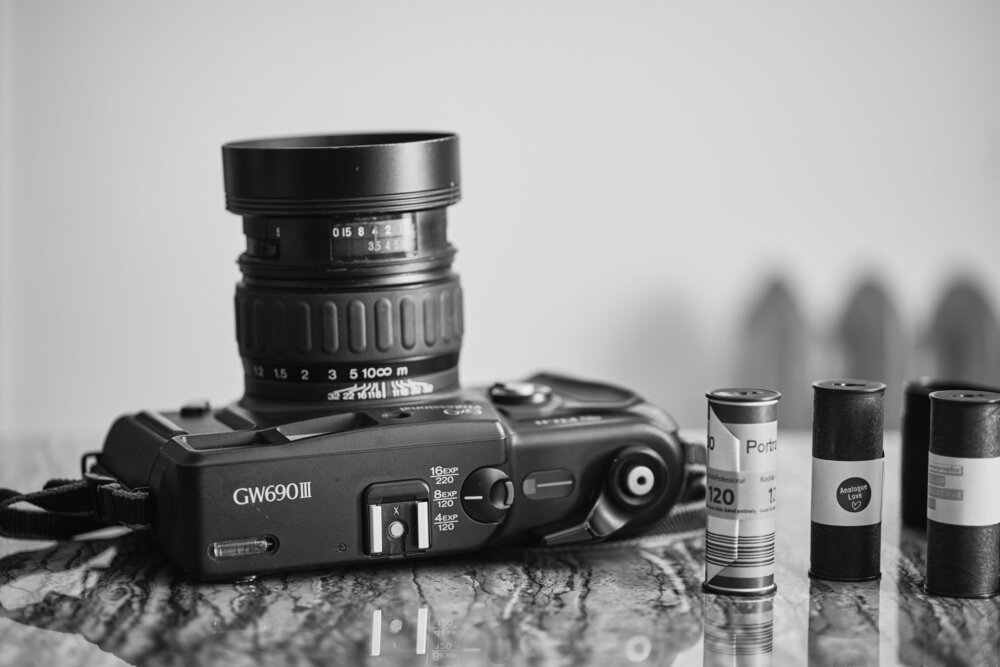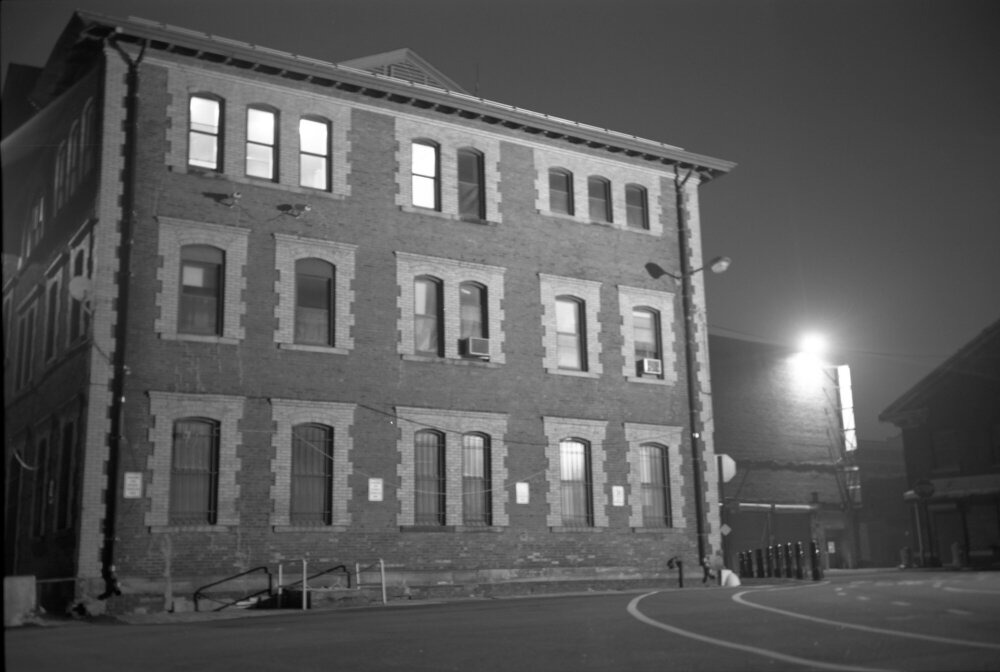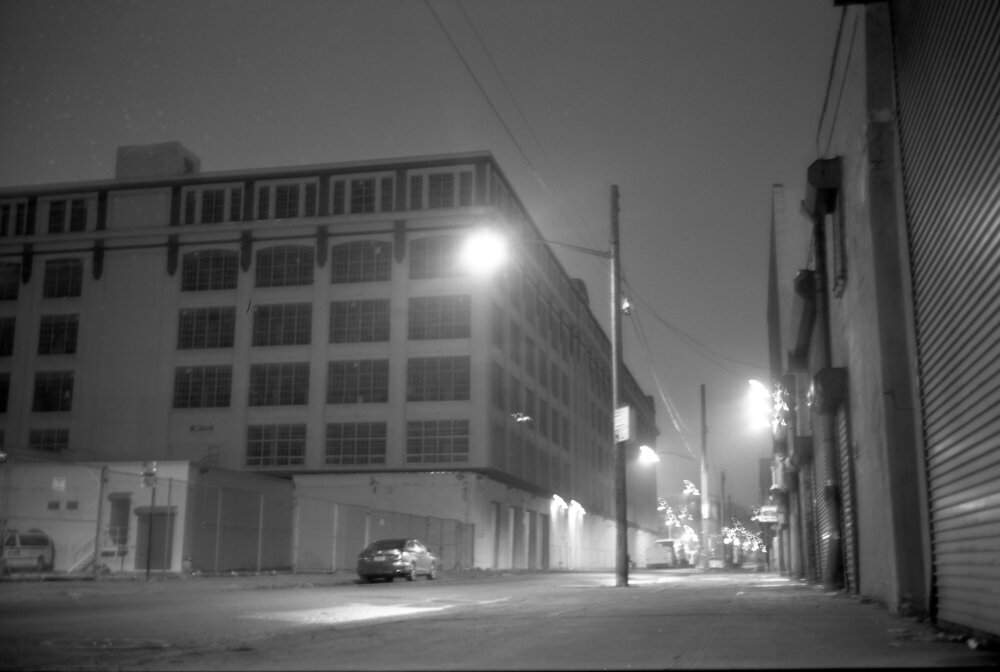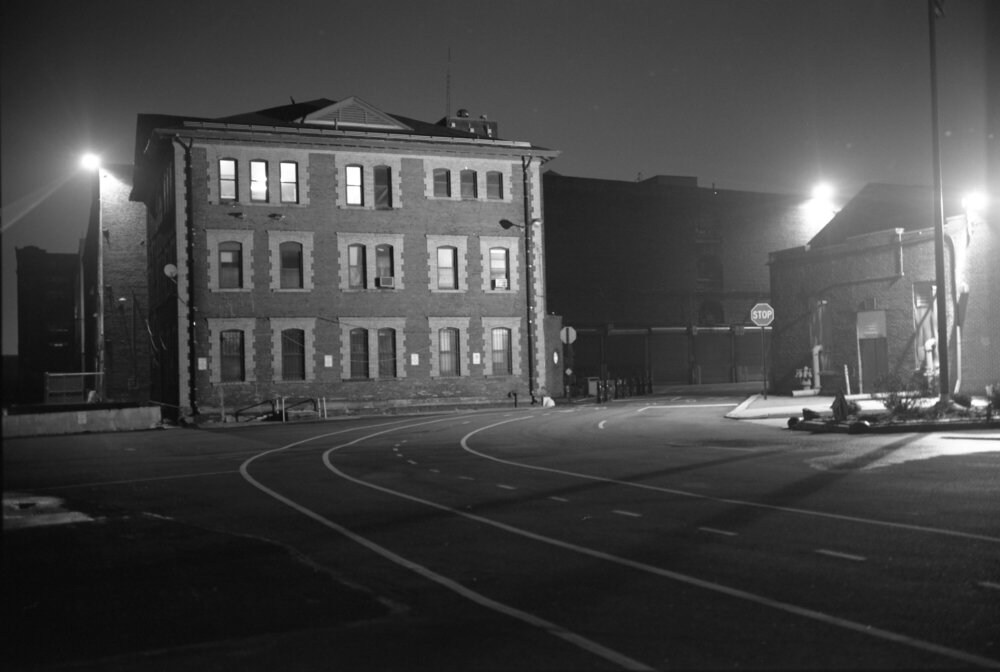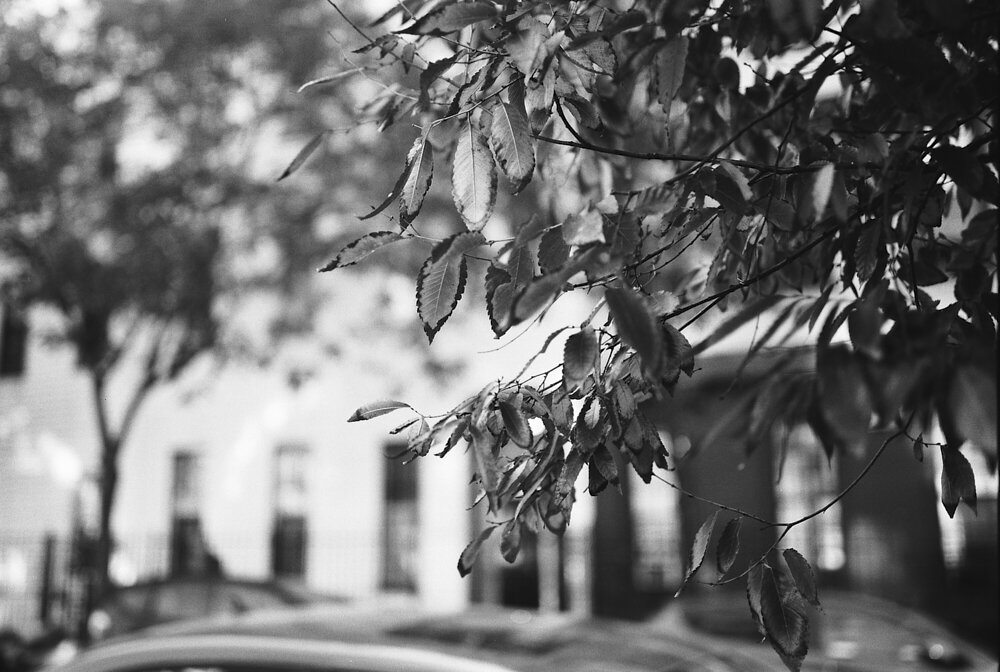Rangefinder Camera Review: Fujifilm GW690 III (Premium)
Go ahead and read about the camera on the web. Some folks may say that it’s got a terrible build quality to it. The Fujifilm GW690 III is made of plastic. It’s a fairly durable plastic, but one solid hit may result in a crack to the body. Fujifilm most likely made it out of plastic to keep the camera lightweight. Just imagine, if it were made of metal and had an aluminum body, your shoulder would be hurting quite a bit. I’ve taken it on travels with me though, and it has always survived well enough. Would I take it into the rain? In fact, I’ve taken it into rain and snow both and the camera has been fine. Again, it’s because of the lack of electronics. While I can’t speak to specific weather sealing, I can say with complete confidence that I’ve never had any sort of issues with the camera in inclement weather. As someone who gets motivated to go shoot in rigorous conditions rather than stay inside and enjoy a nice cup of Earl Grey tea, this is important to me. Of course, this lack of electronics means that you’ll be using Sunny 16 or a handheld light meter. Those offered by Lumu I feel are the best of the modern batch.
With the Fujifilm GW690 III you typically get around 8 shots per roll. The reason why is because it’s a big negative. So you’re using a whole lot of film. With that said, I think that using the Fujifilm GW690 III best lends itself to the old school style of shooting with the camera set firmly down on a tripod, careful measurements being taken, etc. It’s not so great for capturing the decisive moment; but with the right film it can be. For that type of work, note that you’re going to need to stop down the lens tremendously to get anything in focus.
The lens is also very sharp. If you’re a fan of modern Fujifilm lenses, imagine something even sharper. The best results from this lens come out when the images shot are being done with the use of a diffused flash. Then specular highlights come out. Even at f3.5, the lens is exceptionally sharp. In the eyes of many, this may be a slow lens. But for medium format of this side, the 90mm f3.5 is very fast. In terms of light gathering abilities though, you’ll want to be careful as it doesn’t gather a lot of light. Luckily, it’s a rangefinder and the shutter mechanism isn’t so heavy that it will cause excessive camera shake.
When it comes to use, consider the fact that the Fujifilm GW690 III has two different shutter buttons. One is located on top of the camera the way one would suspect it would be set up. But the other is on the front. This front shutter is designed for vertical grip use. In real life use, it’s fantastic and fun to use. A part of me wishes that modern cameras would have something like this instead of needing to purchase a vertical grip for your camera.
The Fujifilm GW690 III holds up for a long time too if you’re a fan of the 35mm field of view. There are other variants, but none with this fast of a lens. Others have wider lenses, but I figure that most folks would find 35mm to be the most versatile option for them. I’ve had a number of film cameras come and go through my hands and of any of them, the Fujifilm GW690 III is bound to stay with me for a very long time. When I need something with interchangeable backs, I’ll consider the RB67.
